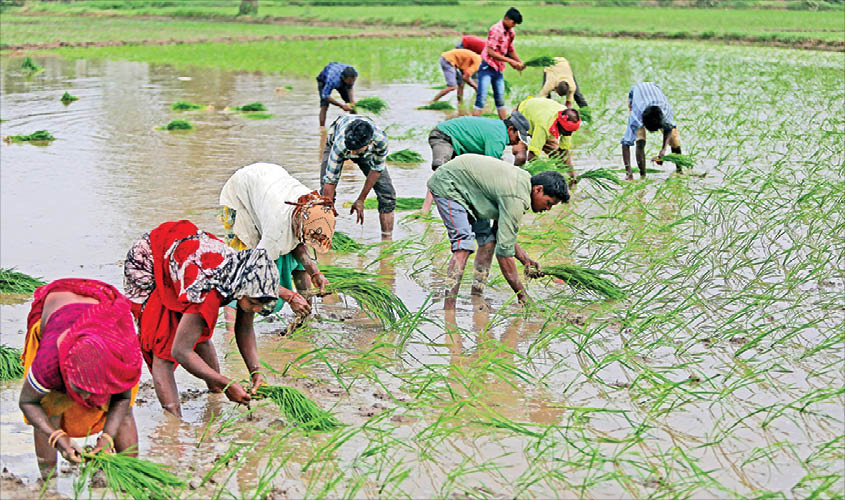In a significant milestone towards achieving its ambitious goal of doubling farmers’ income by 2022, the Government of India’s concerted efforts have yielded promising results across various agricultural sectors and regions, as revealed by the latest data.
Since the announcement of the Doubling of Farmers’ Income (DFI) initiative in 2016, the government has implemented a multi-pronged strategy focusing on development initiatives, technological interventions, and policy reforms. The aim was to ensure sustainable growth in farmers’ income over the years.
The Indian Council of Agricultural Research (ICAR) played a pivotal role in spearheading this mission, providing technological support and guidance to stakeholders. State-specific DFI documents were prepared, and Krishi Vigyan Kendras (KVKs) were tasked with frontline extension activities to empower farmers with innovative practices.
The impact of these efforts has been substantial, with farmers witnessing an increase in income across various sectors, including field crops, horticulture, livestock, fisheries, and agri-business enterprises. Notably, all classes of farmers, including landless, marginal, and small holders, have reaped the benefits of technological interventions and government schemes.
As part of the Platinum Jubilee Celebrations, the success stories of 75,000 farmers from different parts of the country have been documented. The results are striking, with an overall increase in income ranging from 125.44% in Ladakh to an impressive 271.69% in Andaman & Nicobar Islands.
Horticulture emerged as a dominant source of income in several states, while field crops retained their significance in others. Livestock, fisheries, and farm/non-farm enterprises also contributed substantially to farmers’ income, depending on the region and prevailing agricultural practices.
The intervention period witnessed a significant surge in additional income, with horticulture playing a pivotal role in many states. Field crops and livestock also contributed significantly to the additional income generated during this period.
Crucially, the benefits of these interventions were not limited to a specific class of farmers. Landless, marginal, and small holders all experienced substantial increases in income, showcasing the inclusive nature of the government’s efforts.
These results underscore the efficacy of science and technology-driven interventions in augmenting farmers’ income and reaffirm the possibility of achieving the goal of doubling farmers’ income nationwide. However, it also emphasizes the importance of continued administrative and policy support to sustain and scale up these achievements.
As the nation celebrates these remarkable strides in agriculture, it is imperative to acknowledge the relentless efforts of farmers and all stakeholders involved in this transformative journey. The success stories unveiled serve as a testament to the collective determination to secure a prosperous future for India’s agricultural community.


